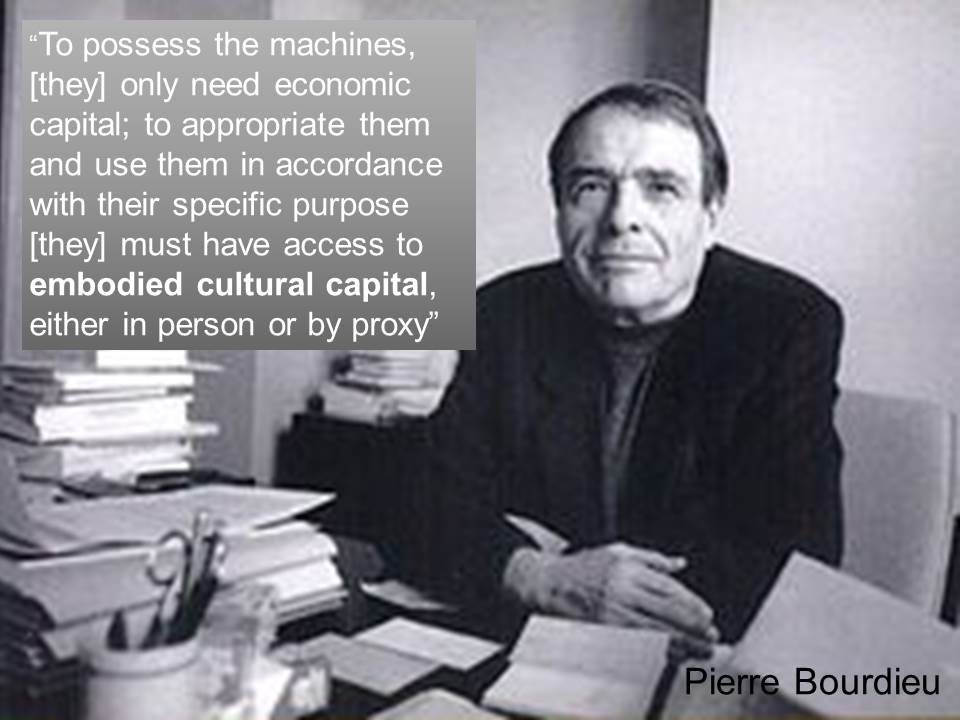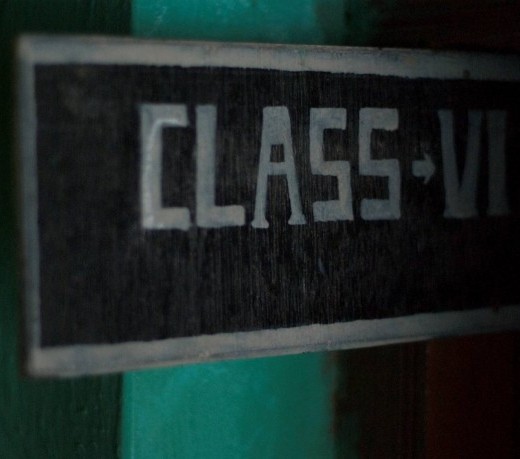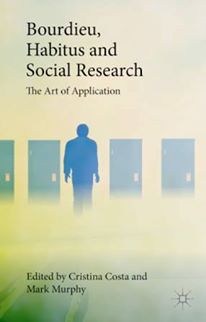 Following from Part 1… it is important to highlight the importance of this strategy as a key step towards understanding the impact of digital technologies, and especially the web, on educators’ and learners’ lives and practices.
Following from Part 1… it is important to highlight the importance of this strategy as a key step towards understanding the impact of digital technologies, and especially the web, on educators’ and learners’ lives and practices.
It is therefore not by chance that the strategy uses JISC’s definition of digital literacy as ‘the capabilities required to living, learning, and working in a digital society’ (See the strategy’s document page 36). Yet, the concept and practice of digital literacies are only loosely considered in relation to what the strategy aims to achieve. In fact, the phrase ‘digital literacies’ only appears twice in the entire strategy document and it is never clearly defined. This may be less surprising if we consider the emphasis that is placed on ‘Access’ to the digital (see part 1 on this critique). Even though it is important to reiterate that access is relevant from an inclusivity point of view, it cannot – or should not – be considered outside or independently of ‘Accessibility’ to the so called ‘digital society’. Access and accessibility are not mutually exclusive and they should therefore not be treated as disconnected issues. What’s more, disregarding ‘Accessibility’ gives rise to a new type of exclusivity, a new form of ‘digital divide’ with an even greater impact on the current knowledge society.
Recent research elaborates on this issue by showing that learners’ development of digital literacies – or lack of it – is closely related to their social and cultural capital. (see Deursen and Dijk, 2014). More concretely, digital differentiation is established through a lens of ‘digital usage’ rather than access. Sale at al. (2015) conceptualise this phenomenon through the concept of ‘digital capital’. Digital capital relates to the practices, strategies and literacies individuals devise to participate and learn online. Different research groups have explored the theme of digital literacies from such perspective, including the likes of JISC, Future Lab’s Digital Literacies Across the Curriculum, or Canada’s Centre for Digital and media Literacy, to name a few. What is illustrative of these frameworks is that they start from the perspective that ‘Access’ – as the gateway to digital infrastructures and digital tools – represents a basic condition for digital learning. With such prerequisite these frameworks move on to consider digital literacies as essential social and cultural practices devised online (Costa and Harris, Forthcoming); an aspect that could have been further explored in the Scottish Strategy. To currently consider education in relation to the digital world an appreciation of contemporary digital practices as crucial literacies for learning is of the essence.
This takes me to another aspect that I think it is worth considering in light of this strategy and the curricular structure it aims to influence. As open and as participatory the digital may seem, we should not assume it is a space of inherently equality or democracy (Jenkins et al., 2016). This assertion makes it ever more necessary to leverage the need to teach digital literacies as a form of encouraging agency, communication and creation as key elements of digital education. In is in this sense that it is surprising that learners are not made an explicit priority in this strategy. This is in contrast with Curriculum for Excellence where learners are regarded as key actors of the educational process. This is also made explicit through its Framework for Assessment and Experiences and Outcomes (Es+Os) guidelines where the learner is placed at the centre stage of his/her learning activity and where ‘literacies across learning’ is regarded as one of the pillar of Scottish Education. If there is something that needs to be considered in a strategy of (digital) education is the place and type of literacies inherent to it.
With this critique I have aimed to make explicit the links between a digital participatory culture and education and consider the school as a ‘place’ that is not indifferent nor unresponsive to the needs and pressures of a changing society. It is understood that it is with this knowledge in mind that the Scottish strategy for digital learning and teaching was devised. However, it is not always clear how the strategy aims to harness the knowledge practices that abound on the digital. Considerations from a participatory culture perspective may provide more contemporary answers to the goal of implementing a digital education strategy.
References list:
Costa, C. and Harris, L. (Forthcoming). Reconsidering the Technologies of Intellectual Inquiry in Curriculum Design. Curriculum Journal
Jenkins, H., Ito, M., & boyd, danah. (2016). Participatory Culture in a Networked Era: A Conversation on Youth, Learning, Commerce, and Politics (1 edition). Cambridge, UK ; Malden, MA: Polity Press.
Seale, J., Georgeson, J., Mamas, C., & Swain, J. (2015). Not the right kind of ‘digital capital’? An examination of the complex relationship between disabled students, their technologies and higher education institutions. Computers & Education, 82, 118–128. https://doi.org/10.1016/j.compedu.2014.11.007










